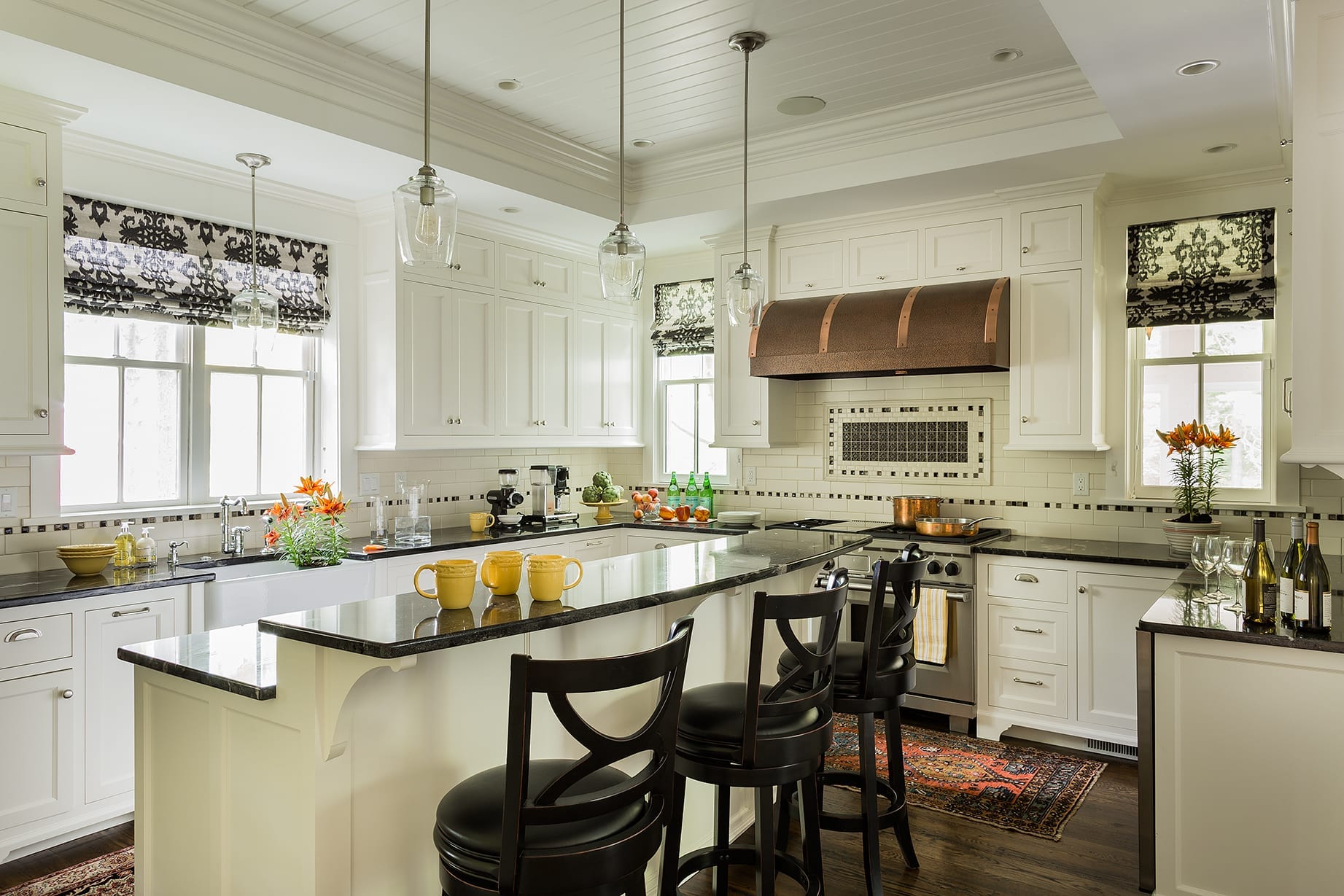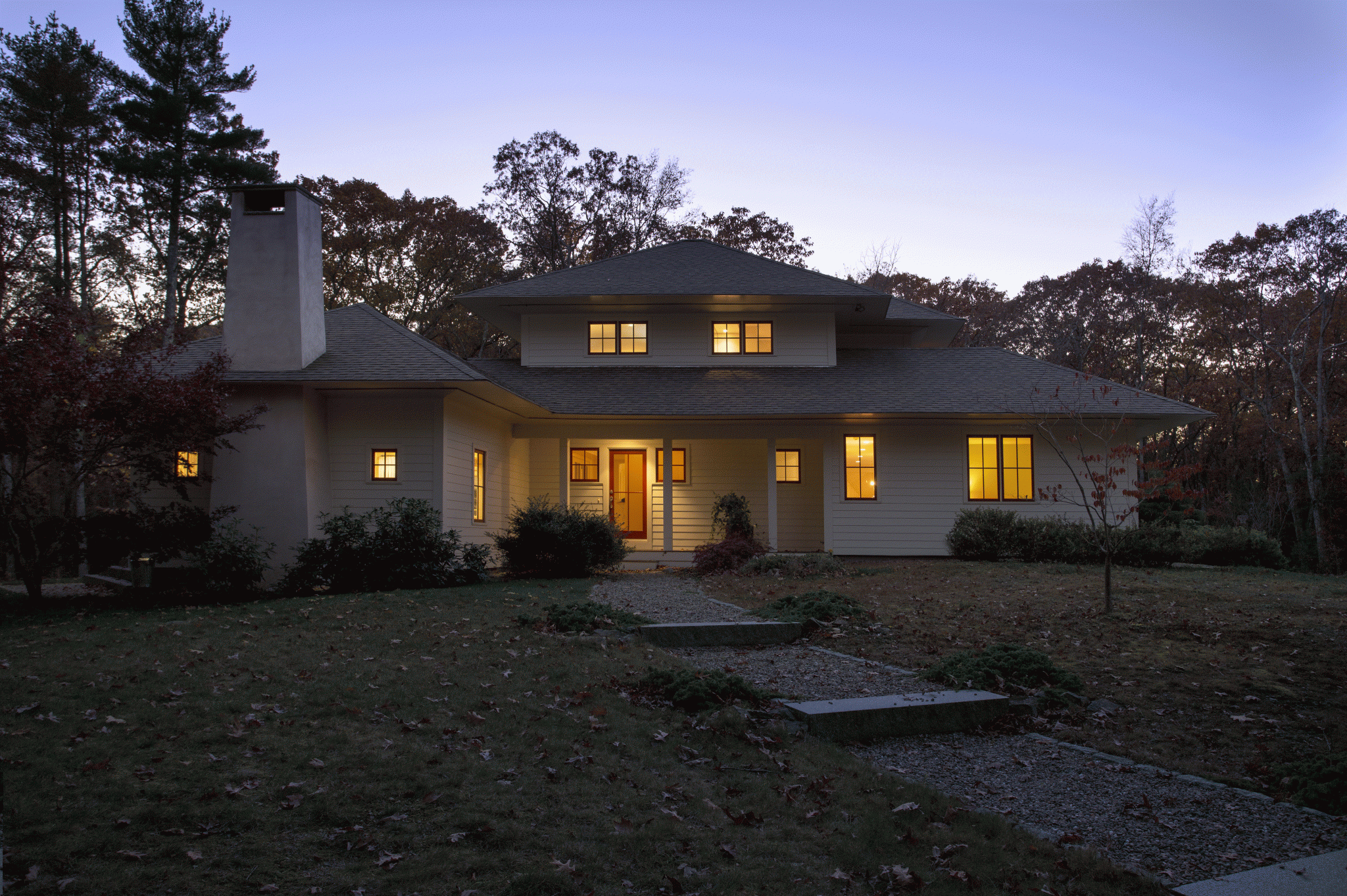Today on the Edge of Innovation, we are talking with Amanda Greaves of Amanda Greaves and Company, an interior design firm on the North Shore of Boston.

Hacking the Future of Business!

Today on the Edge of Innovation, we are talking with Amanda Greaves of Amanda Greaves and Company, an interior design firm on the North Shore of Boston.

Today on the Edge of Innovation, we are talking with Benjamin Nutter from Benjamin Nutter Architects, an architectural firm based in Topsfield, Massachusetts, about how architects approach design.

Today on the Edge of Innovation, we are talking with Enza Lilley, a doula from “A Mommy’s Friend Doula Service” about her experiences as a Doula and small business owner on the North Shore of Boston.

Today on the Edge of Innovation, we are talking with Enza Lilley, a doula from “A Mommy’s Friend Doula Service” about her experiences as a Doula and small business owner on the North Shore of Boston.